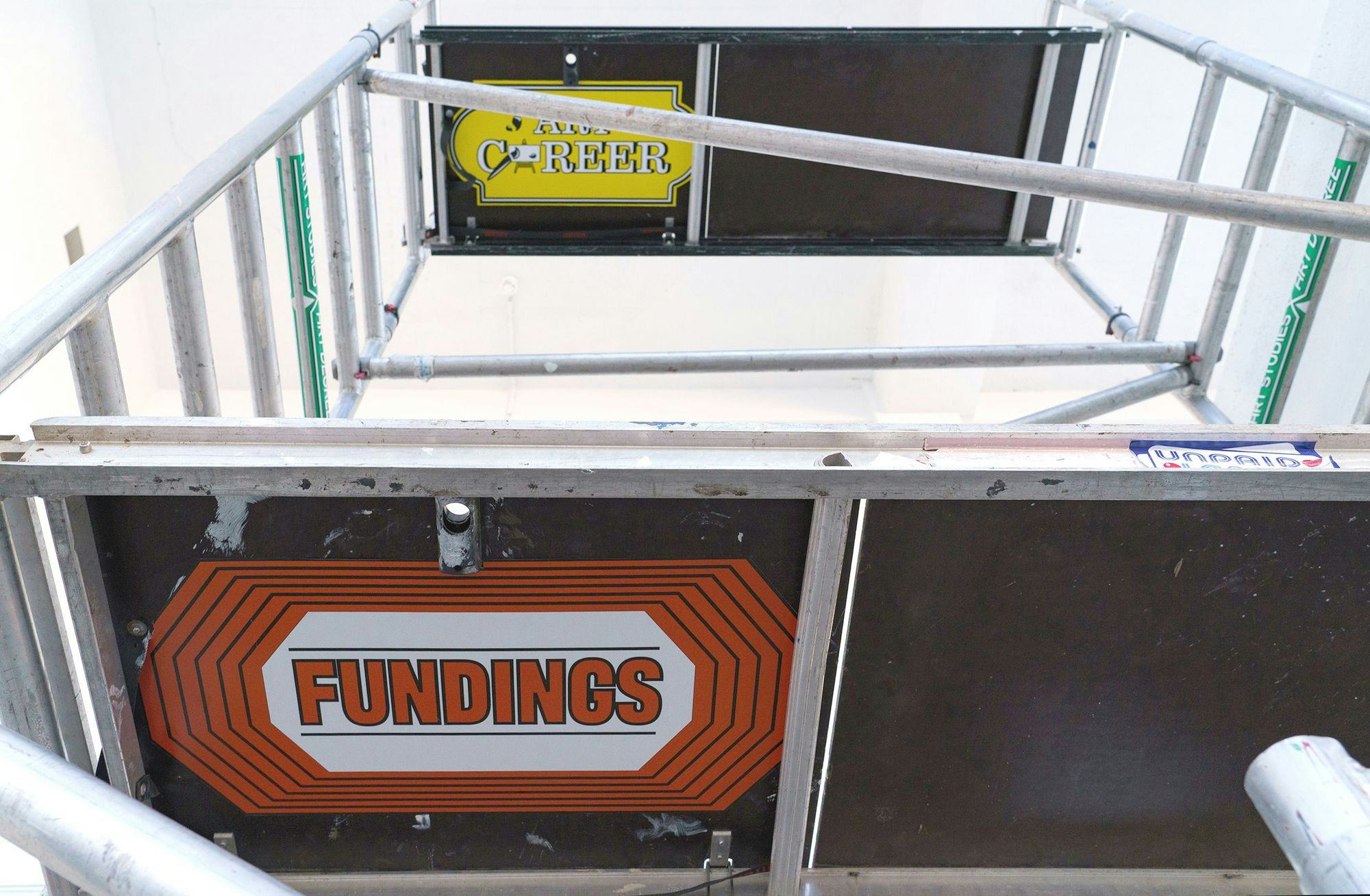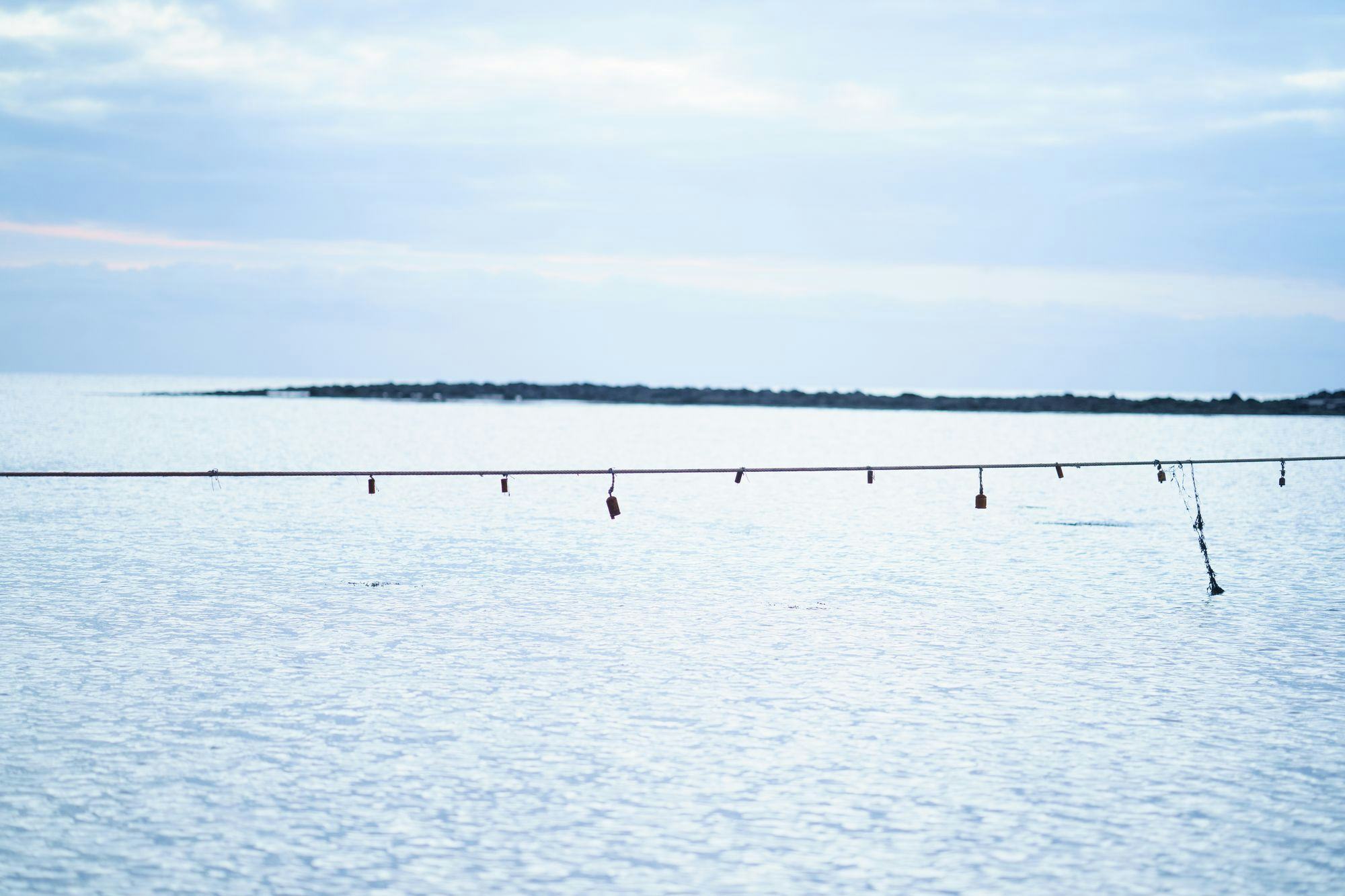Still Life
Samsýning / Group Exhibition
-video-still-2000x1577.png&w=2048&q=80)
Still Life
06.06.2025
17:00-19:00
Dieter Roth, Haraldur Jónsson, Hákon Bragason, Katrín Elvarsdóttir, Marta Skoczeń, Páll Haukur, Rósa Gísladóttir, Steina & Woody Vasulka
This exhibition features contemporary works in various media that can be classified as an art genre called still life. The subject matter of these works are everyday things, which serve as a reminder of the beauty and transience of life. This branch of art history has existed alongside humanity for centuries, but gained and lost popularity and recognition according to the zeitgeist of each era. The first still life paintings are believed to be from around the 15th century BC in Egypt. They were painted on the walls of tombs, depicting meat, fish, and grain, believed to be useful to the deceased in the afterlife. During the golden age of Dutch painting in the 16th and 17th centuries, still life paintings became commonplace. Originally, as a means of artistic training in the catching of shadow and light, as well as aesthetics and composition. As time went on, such works were often used for the benefit of the church and were loaded with meaningful symbols intended to evoke the fear of God and remind us of the transience and futility of earthly existence. To this day, still life paintings have developed within all movements of art, impressionism, expressionism, cubism, futurism, dadaism, as well as surrealism, and helped open up the possibilities toward abstraction. Media such as photography and video have been part of still life's discourse, but no matter the medium, these works have remained a strong source of information about everyday life and the parts of history rarely depicted.
About the artists:
Dieter Roth (b. 1930 - d. 1998) was one of the most influential artists of the post-World War II period. He produced a great variety of works in different artistic media, including graphics, drawings, paintings, sculptures, and books, as well as installations, assemblages, audio, and media works. Dieter Roth created 524 graphic works during his career, many of which are unique. It is worth mentioning that Roth used all known printing methods (as well as self-invented methods) in creating the works – woodcuts, etchings, copper engravings, aquatints, lithography, silkscreen printing, and more. Additionally, his graphic works have been called some of the richest and most diverse ever to be produced by a single artist.
Haraldur Jónsson's (b. 1961) different approaches demonstrate much versatility, yet his work always has an unmistakable personal character. Many of his creations are conceived to transform the viewer’s perception of the material. He has produced sculptures that evoke the experience of silence or absence, drawings that deliberately eschew any representation or coherent composition, installations of industrial materials that defy function, and lists of words that refer to human emotions, presented as wallpaper, confounding the distinction between our inner and outer experience. He consistently strives to make visible that which is normally hidden and to give form to that which normally has no dimension or form.
Hákon Bragason (b.1993) graduated from the Iceland University of the Arts in 2019 and has been an active participant in the Icelandic art and music scene. He has participated in numerous group exhibitions and art festivals, in addition to having held solo exhibitions. In his works, Hákon works with a variety of media and chooses methods and materials according to each idea. Among the things he uses in his creations are drawings, hardware, interactive installations, virtual reality, websites, and performances. His works are often rooted in a shifted perspective for the viewer, allowing for reconfiguration.
Katrín Elvarsdóttir (b. 1964) studied fine arts and photography in the US. Her photographic works tell fragmented narratives of an ambiguous nature, often playing on the idea of socially collective memory-making. They often serve as a placeholder for enigmatic events that the viewer inadvertently becomes a part of, a story half-realized, half-imagined. Her work might best be described as suggestive, choosing to reside in an unscripted, imagined timelessness, often utilizing cinematic methods, soft focus, and chiaroscuro.
Marta Skoczeń (b.1994) is a Polish visual artist working with video, photography, and drawing. She graduated from École Nationale Supérieure des Beaux-Arts de Paris in 2020 (Clément Cogitore studio) and the Academy of Fine Arts in Warsaw in 2019 (Graphic Art). In her work, she mainly focuses on femininity, memory, and the meeting of past and present, navigating between visual art, cinema, and fashion. Her 2022 work, House Without a Key, has received positive acclaim and explores a portrait of a woman faced with confinement, torn between her desire for freedom and her obligations.
Páll Haukur (b. 1981) reflects on the ideological relationships between nature, culture, and the human experience. He continuously interrogates any given notions of meaning, often asking what constitutes an object. His work often represents flux, resulting in an aesthetic experience that constantly demands viewers re-evaluate themselves in relation to the space and objects around them. He continuously uses media that are dependent on time, space, and call for the viewer’s engagement.
Rósa Gísladóttir’s (b. 1957) three-dimensional works explore the derivation of forms and their transcendence of meaning throughout history, modern-day materials, and the struggles of consumerism. Often site-specific, her work emphasizes the independent value of still life as an art form and continually delves into subjects such as sustainable development, classicism, and spirituality. In them, the classic and the modern meet, and she frequently raises pressing questions about the role and purpose of objects, of which there is now an abundance, and of museums, whose works and ideas resonate in our contemporary world.
Steina Vasulka (b. 1940) is a pioneer of video art, through her lifelong dialogue with machines – from cathode-ray televisions to digital computer systems, which played a key role in the advancement and evolution of the medium. She began her career as a classically trained violinist, which continuously trickled into her art-making. In 1971, she founded The Kitchen in New York alongside her husband, Woody Vasulka, an experimental institution for video, performance, and cross-disciplinary art. Their complex explorations of the malleability of the image, the interaction of sound and imagery, and the manipulation of energy continue to shape video art history and inspire subsequent generations of artists.
Woody Vasulka (b.1937 - d.2019) was a pioneering video artist, starting his career in the 1960s. With a background in engineering and film-making, Woody’s main focus was the use of electronic media in art, and he produced an extensive series of videos, some of which can be seen as cataloging the possibilities of new media. His playful experiments with the video signal and the making of electronic processing tools helped shape the video medium with his immensely prolific body of work. His magnum opus, The Brotherhood (1990–1998), is currently on view alongside Still Life in the gallery.
Artist: Samsýning / Group Exhibition


-icelandic-pavilion-2000x2667.jpg&w=2048&q=80)

